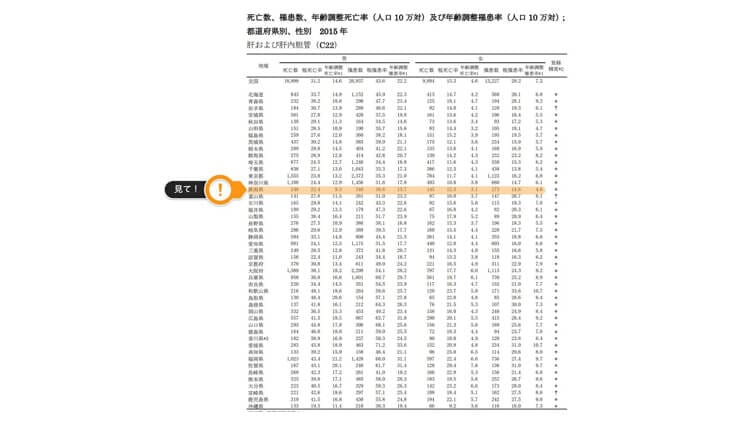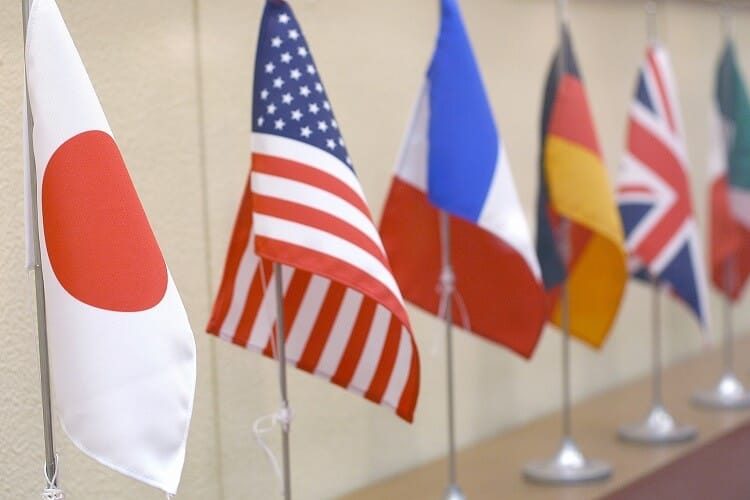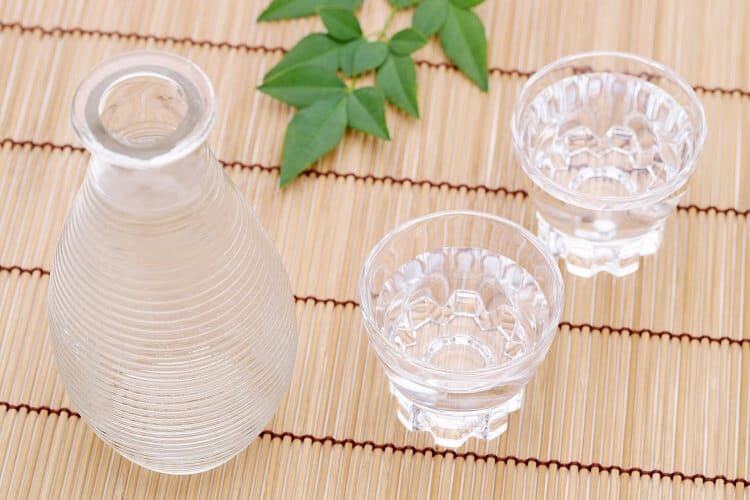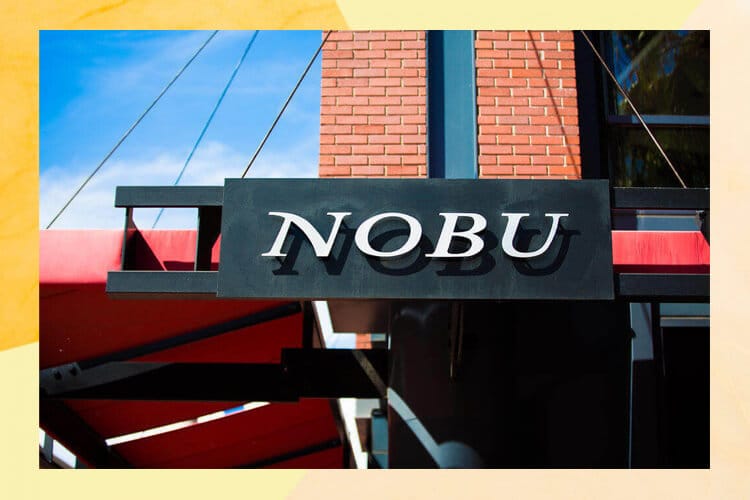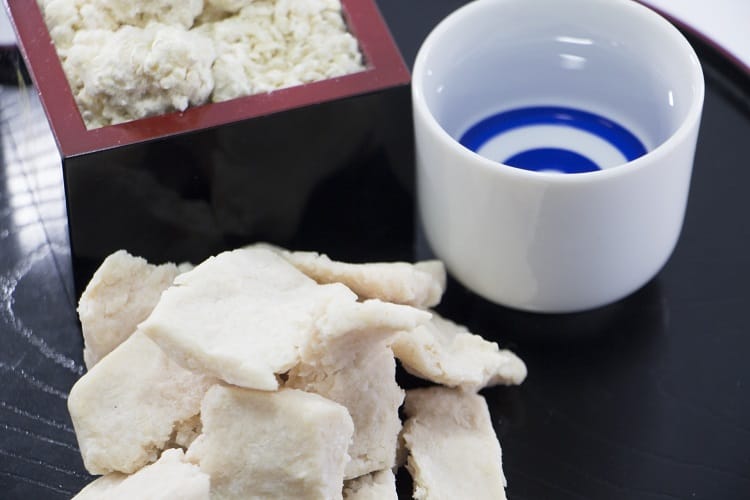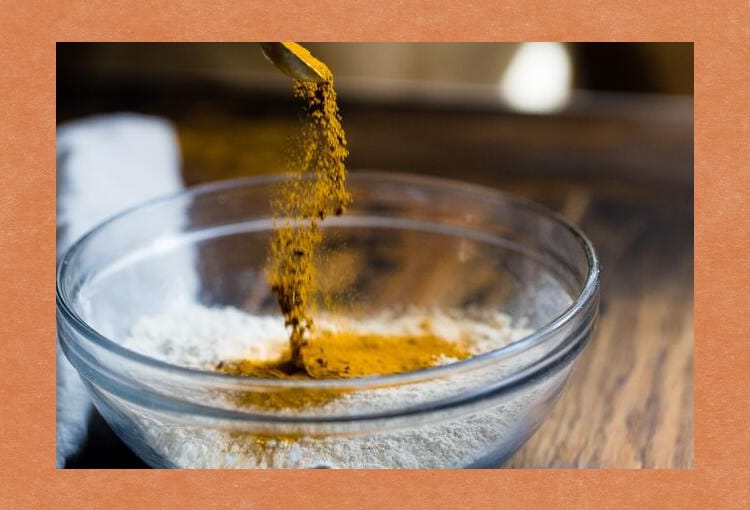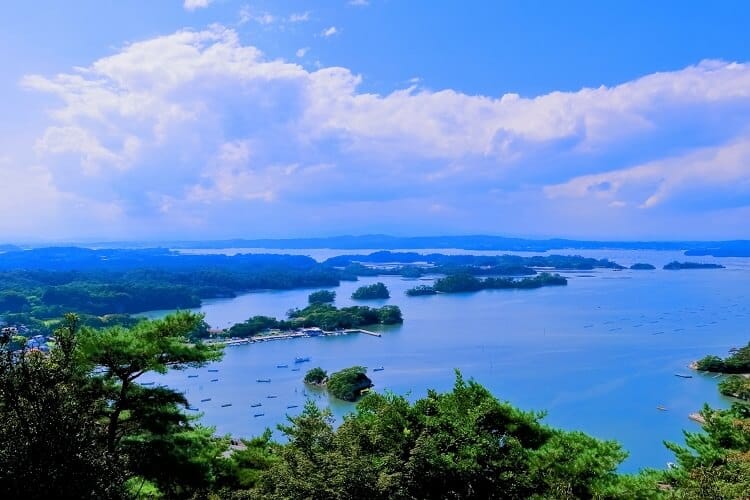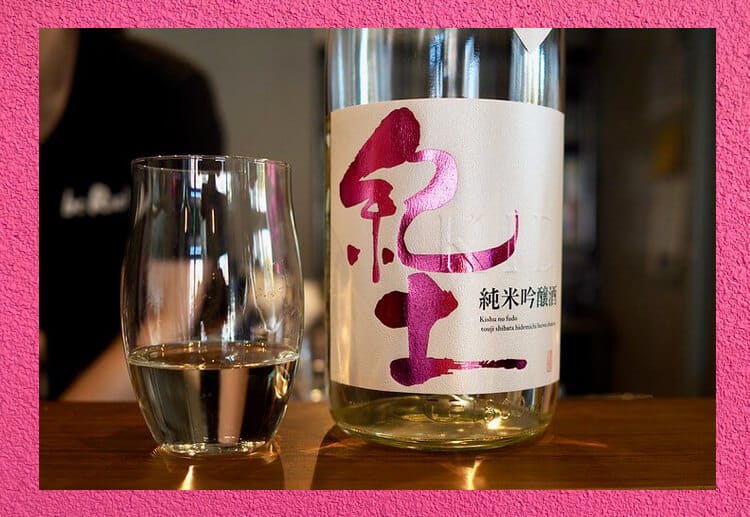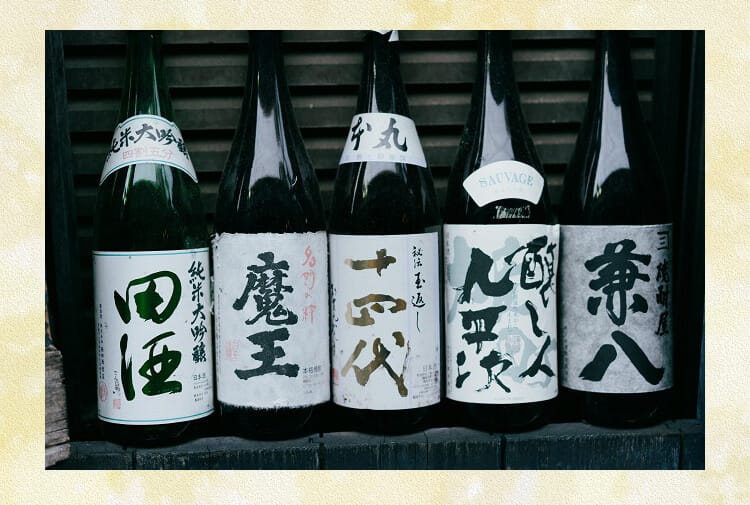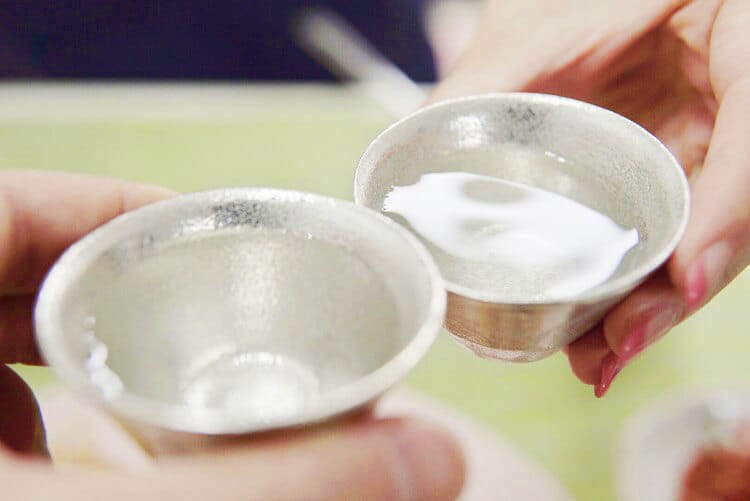
2000 years ago, “Sake is the head of a hundred drugs”. As proof of this word, research on the health and beauty effects of sake on the body has recently progressed.
On the other hand, overseas, there is also an announcement of the impact that “If you drink even a single drop of alcohol, you will harm your health.”
In this article,
- Differences between Japanese and overseas liquors
- Evidence that sake and cancer may not be related
- The benefits of sake are also found in sake lees
I will explain.
"Sake and cancer are irrelevant !?"
“Sake is the head of a hundred medicines.” The origin of this word was about 2000 agoIt goes back to.
This phrase that liquor enthusiasts use is a catch phrase created by Oumo, the emperor of the “New” dynasty that ruled China from 8 to 23 AD.
The emperor Wang Xin, like the previous system, decided to manage salt, liquor, and iron, but the tax revenue was not as high as expected due to corruption of officials. Therefore,
Sake Hyakuyakucho (because Sake is the head of Hyakuyaku)
Noriyoshi Kaji (Sake is indispensable for celebrations)
Norimoto Iwata (I need iron because iron is the basis of agriculture)
The true meaning is that salt, liquor, and iron are indispensable for the people, and taxation as a monopoly of the country has been done for a long time. It seems to have been.
However, in the above-mentioned bag, “Poetry is as important as salt and farming tools, and the most effective medicine is liquor.” Sometimes only “Sake Hyakuyakucho” is used alone.
"Sake and cancer are irrelevant !?"

Did you know that “Sake is the head of a hundred drugs” as opposed to “Sake is the head of a hundred drugs”?
2018 year, as if boosting the theory that “Liquor is a poisonous chief”Research announcement that `` Alcohol is bad for the body, no matter how small, '' in the world-renowned medical journal LancetWas made* 1. This is a research announcement based on the results of a large-scale survey by Max Griswald and others at the University of Washington examining data from 195 million people in 2800 countries.Overturned the common sense that many studies so far have stated that "appropriate drinking is good for your health"Thing.
The paper published in Lancet
- Alcohol has the effect of preventing ischemic heart disease
- There is a risk of increased risk of cancer ← demerit
- The disadvantages are greater than the benefits, so the benefits are negated
- In other words, alcohol is not safe.
It concludes.
The media of this lancet was widely communicated by the media in Japan, so I think the members of the left party want to go back a little when drinking alcohol.
But,This research was conducted overseas. Japan is also included in the research, but of course it is not sake that is mainly consumed overseas.. Although the amount of sake exported overseas is increasing, it is still not on par with the consumption of wine and beer.
Unlike sake that is drunk overseas, Japanese sake is a special sake made through a complicated work process..
Nevertheless, it is treated the same as other alcohols.Can I drink the right amount? No way. Even a little drink is bad for your body"It makes me sad."
“Sake and cancer are irrelevant !?” Sake and other sake are different here
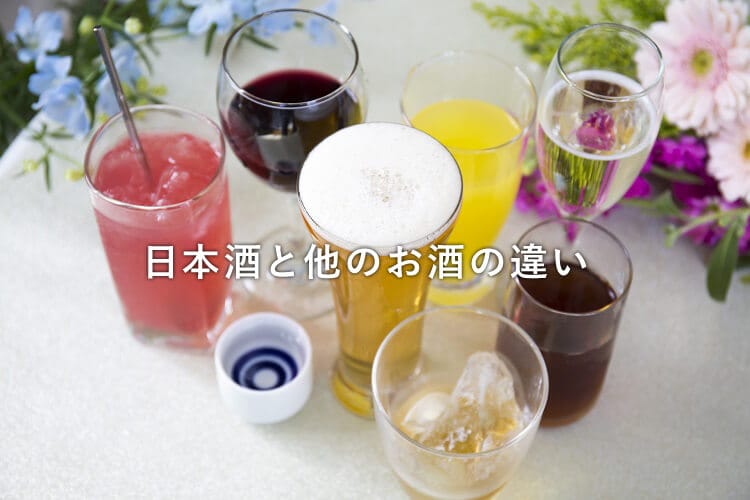
Different cultures change the type of liquor.
In Europe, spirits, wine, beer, etc. are the mainstream, and in Africa, beer is preferred. However, muchoara made from corn and mochema made from palm sap are also drunk.
In Japan, “Koji no Sake / Sake” is different from those overseas..
↓
🔸 Koji enzyme is sake!The strongest beauty and anti-aging ingredients are also released at once 🔸
Did you know that sake around us also contains koji enzymes? Even better, sake contains not only Koji enzymes, but also B vitamins, minerals, and ingredients that prevent women from aging and beauty. ...
There are many types of sake in the world that reflect the local culture, so there are many types.“Brewed sake” “Distilled liquor” “Mixed liquor”3 type.
Let me explain the differences.
“Sake and Cancer”
Wine, beer, and sake are classified as “brewed sake”, using grapes, malt, and rice as raw materials and fermented with alcohol via yeast.Will be
The brew is “Simple fermented liquor"And double fermented liquor"The features are summarized in the table below.
| Simple fermented liquor | Double fermented liquor | |
| Raw materialHigh sugar contentinclude | Raw materialNo sugarTherefore, alcohol is fermented by changing starch to sugar | |
| 🍷 Wine | 🍺 Beer | (I.e.Sake |
| MaterialJust add yeast ⇩ Alcohol fermentation |
(Single double fermented liquor) MaterialSaccharification of starchMake ⇩ Alcohol fermentation |
(Parallel double fermented liquor) "Material starch saccharification" + "alcohol fermentation" Progress simultaneously * It is considered a rare manufacturing method in the world |
“Sake and Cancer” Distilled alcohol is popular overseas
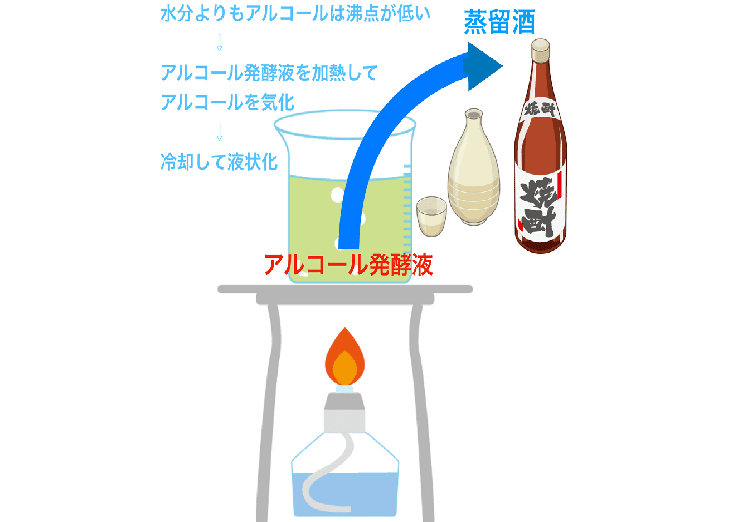
What is distilled liquor?The alcohol fermented liquid is heated and the vaporized alcohol is cooled to form a liquidis. Among themAlcohol content of spirits called spirits ranges from 40 to maximum 96
Distilled liquor is famous in Japan for shochu and awamori. Distilled spirits overseas include cognac, whiskey and brandy. Above allGin, Vodka, Lamb and Tequila are the four largest spirits in the worldIt is called.
Incidentally According to the WHO, the country with the highest alcohol consumption in the world is the Cook Islands* 2It has become. The country also has the highest spirits consumption in the world.Has become* 3.
What is “Sake and Cancer” hybrid sake?
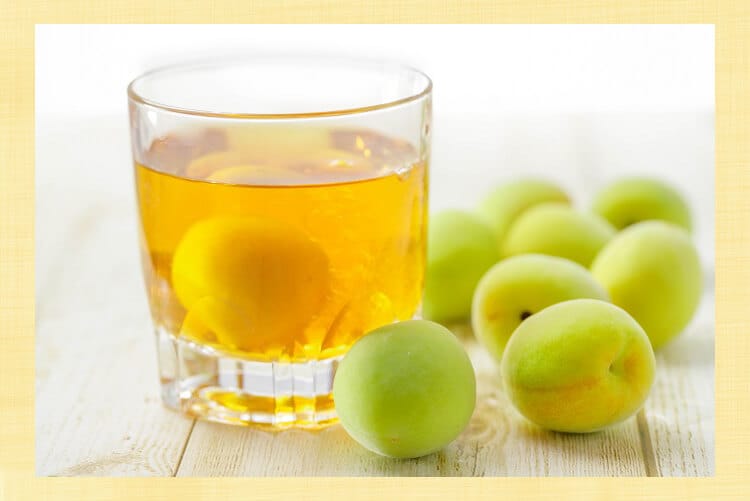
Mixed liquor is a brewed liquor or distilled liquor mixed with fruits, herbs and fragrances.You read it right!
Examples of the main mixed liquors that are close to us
- Liqueur
- vermouth
- Plum wine
- sweet sake
Etc.
* Plum wine is not a white liquor recently.Plum wine soaked in Japanese sakeIs booming.
↓
🔸 "Sake-based plum wine" If you make sake brewery, it's excellent!Recommended ranking 🔸
Plum wine soaked in Japanese sake has a mellow taste and plenty of umami taste not found in white liquor! The sake itself has a slight sweetness, so you can add less than half of the usual sugar, so it ’s healthy…
Now that you understand the classification of alcohol,Only sake that is a parallel fermented liquor may be removed from “alcohols that should not be drunk”Now, let me introduce the reason why.
“Sake and cancer are irrelevant !?” The fact that there are fewer liver cancer patients in Japan than overseas
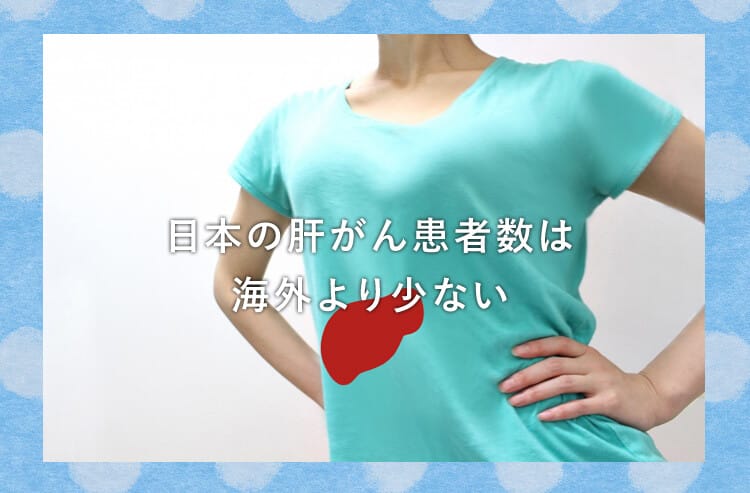
Liver is the most affected internal organ when drinking too muchComes to mind.
The liver, which is said to be a strange organ, is silently detoxified with ethyl alcohol (also called ethanol or alcohol) contained in alcoholic beverages.
But,The effects of long-term drinking cause fatigue of the liver over 20 to 25 years, progressing to fatty liver, alcoholic hepatitis and liver fibrosis, cirrhosis, and eventually liver cancerIt is said thatProbability of cirrhosis in Japan is low in the worldに な っ て い ま す.
The reason is…
"Sake and cancer" Is cancer incidence high overseas when you don't drink sake?
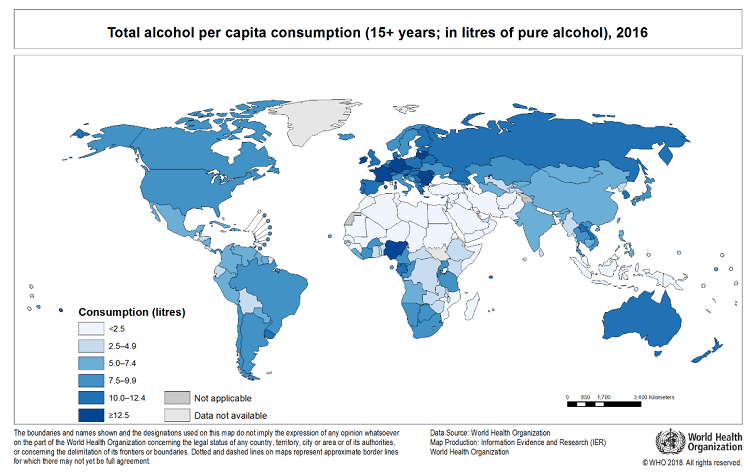
Quote: WHO 2018
According to the latest WHO (World Health Organization) report, except for Islamic countries where alcohol is banned, each country's “pure alcohol consumption”
- 1 is the Cook Islands15.78L per year
- Then continued with Estonia, Lithuania and the Czech Republic
- Europe and Oceania, such as France, where wine consumption is below 4
- Drinking amount is 646.86L per yearJapanFinally appeared
The amount of Japanese drinking is not so much compared to other countries.
Unfortunately, the risk of liver cancer is unfortunately high because overseas people consume more than 2 of Japanese alcohol every day.
"Drinking while feeling stress", this is a risk factor that hurts healthWill not become.
Therefore, I will give evidence that “Sake may have an anti-cancer effect” so that sake fans can feel light and enjoy delicious sake.
"Sake and Cancer" Sake vs Distilled Sake
Incidentally The spirits that are mainly consumed in the world's highest alcohol consumption, 1 Cook Islands and 2 Estonia (by WHO) are spirits (Average alcohol content is 40), That is, distilled spirits with high alcohol content.
However, the alcohol content of sake is at most 20.Average alcohol content is 15Before and after. Also,Sake contains remarkable nutrientsIt is
Demonstration of “Sake and cancer are irrelevant !?” (1) Probability of liver cancer is low in areas that drink sake.
Let's focus on the health of each prefecture that drinks a lot of sake.
"Sake and cancer" Niigata prefecture, which drinks the most sake, has a low cancer incidence
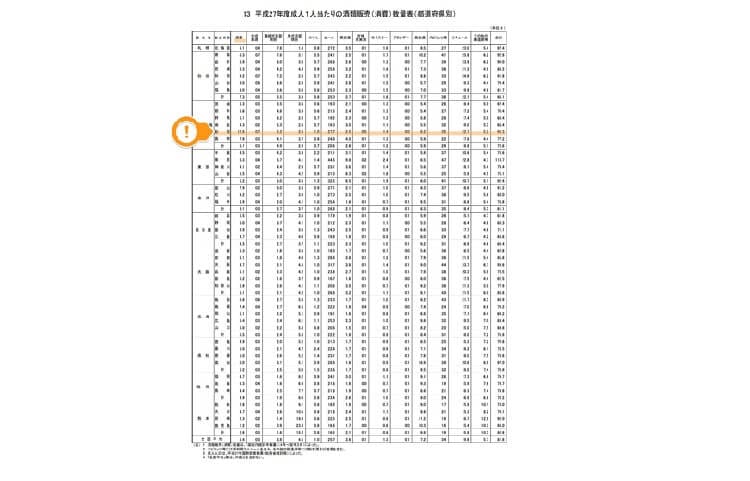 Source: National Tax Agency, Taxation Division, Sake Tax Section, “Sake Bookmarks”
Source: National Tax Agency, Taxation Division, Sake Tax Section, “Sake Bookmarks”
* Click on the image to enlarge.
Now, everyonePrefecture with the highest consumption of sakeDo you know?
That is,
The best rice in Japan known for the Koshihikari brand. Blessed with water to make sake and people who make sakeNiigata".
Where the rice is delicious, the taste, aroma and quality of sake are high-grade. I wonder if I could n’t drink so much sake.The amount of sake drink per person is 12,6L (annual). Even if you are looking for all over Japan, it is only Niigata Prefecture that exceeds 10L.
Is Niigata Prefecture the most likely to have liver cancer in Japan?
"Sake and cancer" proved unrelated in Niigata paradox
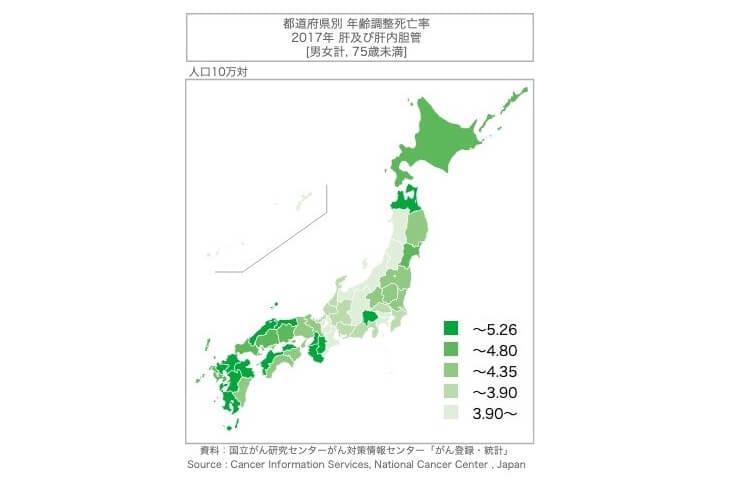
Source: Graph Database, National Cancer Center
The above map is color-coded for each prefecture by “liver and intrahepatic bile duct cancer” age-adjusted mortality.
What is age-adjusted mortality?
Comparing the normal mortality rate by dividing the number of deaths by population (hereinafter referred to as “rough mortality rate”) by prefecture, there is a difference in the age structure of each prefecture. In prefectures with many young people, it tends to be lower. The age-adjusted mortality rate (100,000 population) is the mortality rate adjusted for the age structure so that the mortality situation can be compared in regions with different age structures. By using this age-adjusted mortality rate, it is possible to make regional comparisons and annual comparisons more accurately for groups with different age configurations without worrying about differences in age configurations.
Source: Mitsubishi Research Institute, commissioned by the Ministry of Health, Labor and WelfareMedical Function Research Project Report Results'
Niigata Prefecture is displayed in green near white and has the lowest mortality rateIt shows that it is.
Source: National Cancer Center, “Analysis of National Cancer Incidence Monitoring”
* Click on the image to enlarge.
Also, looking at the age-adjusted morbidity rate in this table,Men in Niigata Prefecture are 13.7 and women are 4.6. There are few men and women suffering from "liver and intrahepatic bile duct cancer" in the whole countryI understand that.
In this situation, the mortality rate due to heart disease is low despite the fact that French people eat a lot of saturated fatty acids such as butter and meat.French paradoxIs n’t it?
Demonstration “Sake and cancer are irrelevant !?” ② Sake with plenty of health ingredients
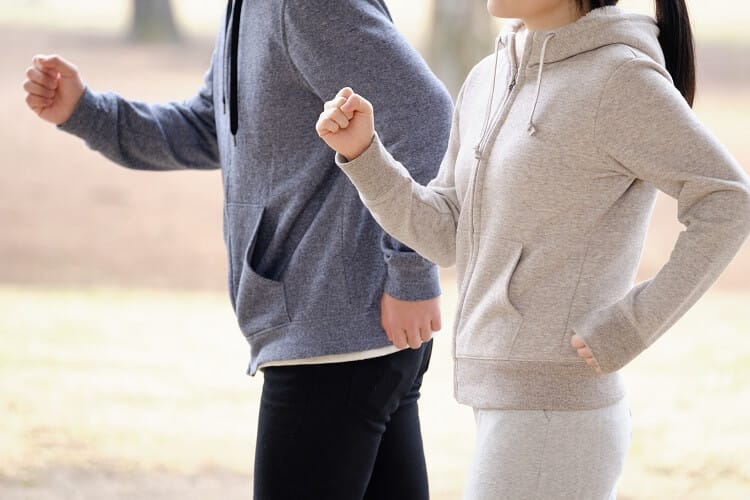
Mr. Yukio Takizawa, an active physician at the age of 86, said, “1 Japan 2 Joint Sake Lively Health Act (Amazon) ”Etc.,
For many years.
According to the article “Nikkei Gooday”, Yukio Takizawa ’s appearance is
(Takizawa) Professor's skin is shiny and free of senile pigment spots. There are no deep wrinkles that can be carved vertically, and the inside of the hands and arms are also tight, so you can be impressed. Dr. Takizawa says, “Drinking sake from 1.5 to 2 every day”. This is probably the skin-beautifying effect of sake.
Source:Taking the right amount of sake is good for your body! The secret is abundant amino acids'
Mr. Yukio TakizawaSake contains abundant amino acids and vitamins that are called “the source of life”, and this is related to anticancer effects., And is actually researching how to kill or weaken cancer cells with sake.
Let's take a concrete look at the reason why Yukio Takizawa claims that sake is the source of life.
“Sake and cancer” Sake is rich in BCAAs and expected to have anticancer effects
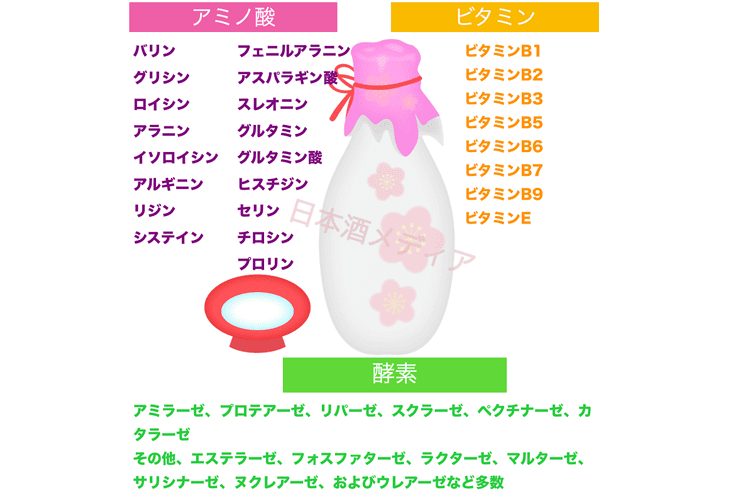
It has been reported that branched chain amino acids (BCAA) are decreased due to cirrhosis causing protein / amino acid metabolism abnormalities, and that supplementation improves event free survival in patients with cirrhosis, according to the results of a large-scale clinical trial. It has been reported
Source: Jun Tsuchiya et al.Suppression of recurrence of hepatocellular carcinoma by long-term administration of branched chain amino acid (BCAA)The Japanese Journal of Gastroenterology
BCAA (Branched Chain Amino Acid) is a familiar word for those who play sports.
If you exercise, you will consume more BCAA than normal, and if you do not enough, muscle damage will easily occur, and you will not be able to get the benefits of training. Therefore, BCAA is indispensable for athletes, and many people supplement with supplements.
The identity of BCAA is the essential amino acid 3 species (valine, leucine, isoleucine), but in fact it is also used in sake.Is included.
↓
🔸 Drinking healthy, applying and beautiful skin [The effect of sake is too amazing] 🔸
I examined what brands of sake with plenty of amino acids are ...
The liver is in full operation without any rest as an organ responsible for discharging waste, detoxification, and metabolism. In addition to itIn today's stressful environment, the stress hormone “noradrenaline” works excessively, further burdening the liverI am applying. If the liver is gradually exhausted and chronic liver inflammation persists, cirrhosis may occur.
BCAA is a helper of such a weak liver.
In muscleMetabolism of BCAA also serves as liver energy. When the lack of energy in the liver is recovered, the amount of albumin increases and liver function is improved.It is also expected to stop the progression from cirrhosis to liver cancer.
Demonstration of “Sake and cancer are unrelated !?” ③ Expected to suppress cancer cell growth
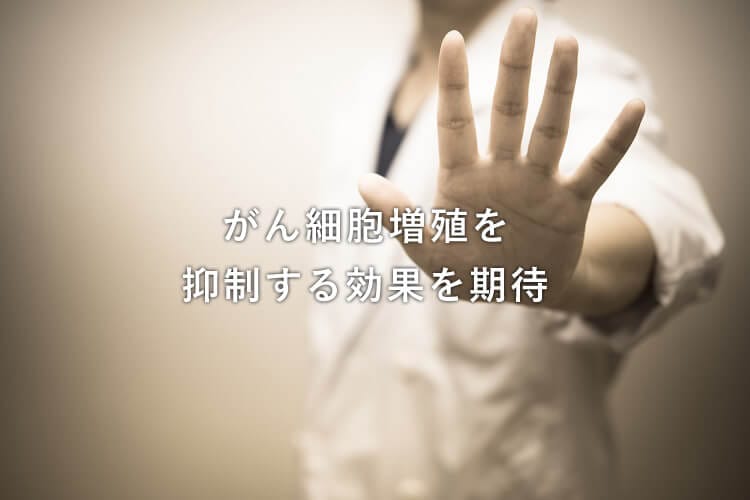
Bladder cancer, prostate cancer, and cadaver cancer cells were added to a concentrate of sake 100ml and cultured for 24 hours. Cancer cells were 50% to 90% atrophy or necrosisObserve that* 4It has been. this isNot seen in whiskey or brandyIs the result.
Also, when making sake, fermented moromi,The mash fermentation filtrate on day 5 and day 12 reduces cancer cell viabilityIt has also been proven.
Low molecular weight peptide produced when rice protein is degraded is related to anticancer activityIt also suggests that* 5It is done.
Can't drink sake? Sake lees are OK!
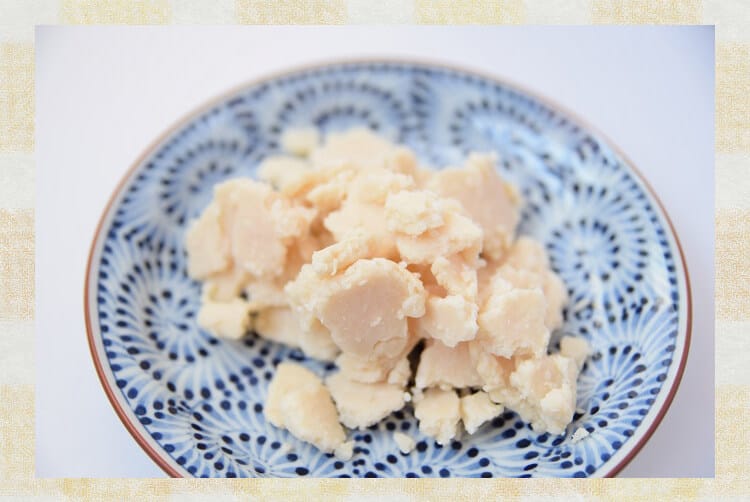
It's not just sake that has a positive effect on the liver. For those who are weak at liquor but want to benefit from sake,Similar effect when using sake leesCan be seen.
In experiments using sake lees,
When alcohol is administered to mice with acute hepatitis type disorder caused by D-galactosamine
- Liver cell death was suppressed
- Increased metabolism of liver methionine (essential amino acid that lowers cholesterol levels and removes active oxygen)
- Increased liver SAM content (S-adenosylmethionine: Evidence that it is effective for depression, osteoarthritis, and liver disease)
, which is themed around Liver function protection effectWas seen* 6.
How to make amazake using sake lees
Speaking of recipes using sake lees, the recently popular boom of amazake! Please make it because it can be done easily at home.
How to make
- Put sake lees 100g and water 500ml in the pan and leave it for a while
- Stir and heat after 2 hours, add 3 tablespoon sugar and a pinch of salt
- Remove from the fire before boiling and add a little ginger grated!
If you do n’t like the taste of homemade amazake
![Koji / fermented sweet sake [koji] 720ml](https://www.maboroshinosake.com/sake/wp-content/uploads/2019/06/kouji-hakko-amazake.jpg)
In fact, homemade amazake using sake lees still has the smell of liquor, so it may not be accepted by people who are not good at alcohol. It's hard to drink without sugar in it, so it's NG for people on a diet.
For such people, there is “Koji Fermented Amazake” which is slightly sweet without using any sugar.
The characteristic of Koji fermented amazake is
- Rich in essential amino acids, vitamins and folic acid that pleases the liver
- Although sugar is not used, it feels a little sweet and easy to drink
- Zero alcohol
The scent is a little scent of scent, and the flavor is a little scent of scent and caramel scent. The sweetness is not very strong, the gentle sweetness with a rich and rich taste spreads in the mouth, and the aftertaste is very refreshing. The umami is not strong, and you can feel the richness and umami, but it is refreshing to drink. There is almost no acidity. The graininess is crushed roughly, but the touch remains. Both the aroma and taste are well balanced, especially the taste is not as strong as sweet and umami, but maintains the balance of light ice-like taste. It looks like a single line with a thin line and a clear outline.
Source:Amazake.com
It is the perfect drink for children and the elderly, as well as for those who have a hangover and are heavy.
→Click here for Amazon's Amazake
Summary of “Sake and Cancer”
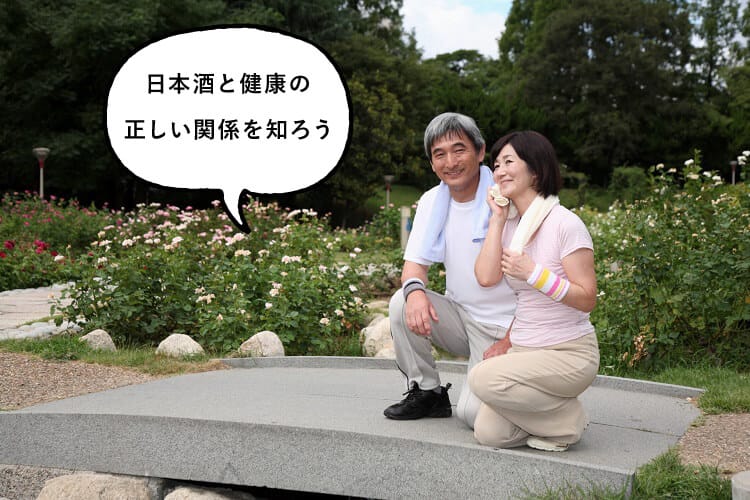
An overseas study that says “alcohol has a negative effect on health”
- If you want to minimize your health risks, drink 1 days 0 cups, that is, don't drink
- At most 0.8 cups or less
Recommended.
By the way, 1 cup is 10g in terms of pure alcohol. 0.8 cup is equivalent to 8g of alcoholSake (15%) cannot drink more than 67mlIt will be said.
* Alcohol intake calculation for various liquorsplease use this form.
It is very important to stay healthy every day. However, it is not interesting if the purpose of life is “just be healthy”.
One of the joys of life is to play a story while excitement with friends.
In modern times, you can enjoy not only Japanese sake but also a wide variety of sake such as beer, whiskey, wine and shochu.
However, in view of the fact that the national sake “Sake” using the national fungus “Koji fungus” has been loved for a long time by our Japanese people, we are not confused by the results of overseas research, and the sake and health are correct. I want to reaffirm the relationship.
* This article does not prove that if you drink sake, you won't get cancer. If you feel abnormalities in your liver or physical condition, it is strongly recommended that you immediately consult a doctor.
Reference site
1,GBD 2016 Alcohol Collaborators: Max G Griswold et al.Alcohol use and burden for 195 countries and territories, 1990–2016: a systematic analysis for the Global Burden of Disease Study 2016The Lancet Journal
2, GLOBAL NOTEWorld Alcohol Consumption Ranking and Trend by Country (WHO)'
3, GLOBAL NOTESpirit consumption'
4, Yukio TakizawaBecome healthy with sake"Liquor Research Institute"
5, Takanobu Taguchi and othersEffects of sake fermentation filtrate and sake lees on cancer cell growth”Japan Science and Technology Agency
6, Hidee Izu and othersEffect of sake lees on D-galactosamine-induced liver injury in mice”Japan Science and Technology Agency
* This article describes the author's own views based on reference information. Please use the information at your own risk and judgment. The author and publisher are not responsible for any direct or indirect damages resulting from this. Please note.

